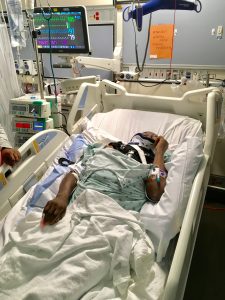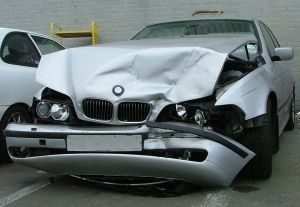 Every citizen of this state should know that the only thing compelling personal injury liability insurance companies to voluntarily pay claims is the threat of being sued for bad faith.
Every citizen of this state should know that the only thing compelling personal injury liability insurance companies to voluntarily pay claims is the threat of being sued for bad faith.
Liability insurance companies have a legal obligation to act in the best interests of their insureds. Boston Old Colony Ins. Co. v. Gutierrez, 386 So.2d 783 (Fla. 1980) (An insurer who assumes the defense of the insured also assumes a duty to act in good faith and with due regard to the interests of the insured.) More specifically, in actions by third parties against the insured, the insurer must act in good faith and be diligent in its effort to negotiate a settlement within policy limits. Auto Mutual Indemnity Co. v. Shaw, 134 Fla. 815, 184 So. 852 (1938). If the carrier fails to do so and a final judgment is entered against its insured for an amount in excess of the policy limit, in a subsequent bad faith action the carrier may be forced to satisfy the excess judgment and pay attorney’s fees and costs. The excess can be many multiples of the policy limit, sometimes in the millions of dollars. The reasoning behind bad faith jurisprudence is that the carrier, by failing to adjust the claim in good faith, has exposed its policyholder to an otherwise avoidable financial burden.
Insurance carriers want to believe that Chapter 7 discharges extinguish their bad faith liability because the insured is not harmed by or liable for the excess verdict. In Camp v. St. Paul Fire & Marine Ins. Co., 616 So.2d 12 (Fla., 1993), the Florida Supreme Court ruled otherwise.
There are three types of bankruptcies, Chapter 7, 11, and 13.
- Chapter 7. This chapter of the Bankruptcy Code involves liquidation” – the sale of a debtor’s nonexempt property and the distribution of the proceeds to creditors.
- Chapter 11. This chapter of the Bankruptcy Code generally provides for reorganization, usually involving a corporation or partnership. A chapter 11 debtor usually proposes a plan of reorganization to keep its business alive and pay creditors over time. People in business or individuals can also seek relief in chapter 11.
- Chapter 13. This chapter of the Bankruptcy Code provides for adjustment of debts of an individual with regular income. Chapter 13 allows a debtor to keep property and pay debts over time, usually three to five years.
Camp involved a medical malpractice case where the injured party obtained a three million dollar verdict after the the carrier failed to settle the case for the defendant doctor’s $250,000 insurance policy limit. Before the verdict was rendered, the defendant doctor filed for Chapter 7 bankruptcy. This put an automatic stay on the malpractice proceedings. While the case was under the stay order, the bankruptcy court granted a discharge that shielded the doctor from personal liability for any claims pending against him as of the date of his bankruptcy filing. Thereafter, the bankruptcy court authorized Camp, the injured party, to proceed with her lawsuit for the purpose of liquidating her claim in the bankruptcy case. (She requested relief from the stay by filing a motion under Bankruptcy Rules 4001 and 9014, showing cause as specified in 11 U.S.C. Sec. 362(d).) At the same time, however, the bankruptcy court specifically ruled that the doctor would be not be personally liable for any judgment Camp obtained against him in her state court lawsuit.
 Florida Injury Attorney Blawg
Florida Injury Attorney Blawg










